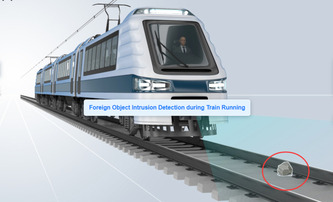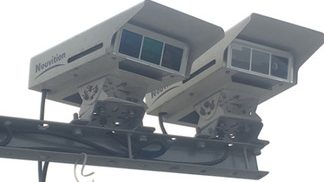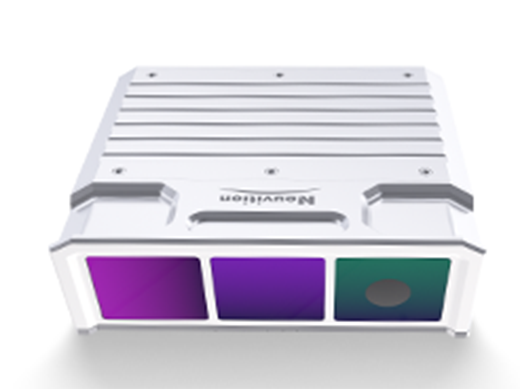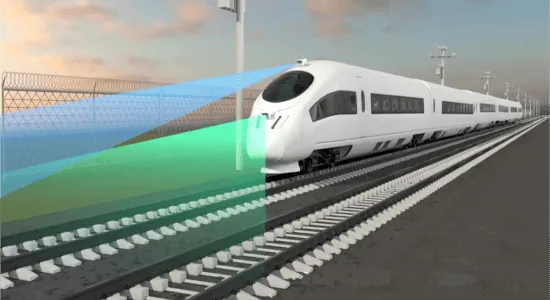
What is Drone Collision Avoidance
Drone collision avoidance is a crucial technology that enables drones to detect and avoid obstacles in their flight path. This system typically uses sensors such as cameras, lidar, radar, or ultrasonic sensors to scan the surroundings and identify potential hazards. When an obstacle is detected, the drone's collision avoidance system will either adjust its flight path to avoid the obstacle or come to a complete stop to prevent a collision. This technology is essential for ensuring the safety of both the drone and the surrounding environment, especially in crowded or complex airspace. In summary, drone collision avoidance is a vital feature that helps drones navigate safely and autonomously by detecting and avoiding obstacles in their path.
Why Drone Collision Avoidance
Drone collision avoidance is crucial for ensuring the safety of both the drone itself and other aircraft in the airspace. With the increasing popularity of drones for various applications such as photography, surveillance, and delivery services, the risk of mid-air collisions has also risen. Implementing collision avoidance technology helps prevent accidents and potential damage to property or injury to individuals. By equipping drones with sensors and algorithms that can detect and avoid obstacles in real-time, operators can fly their drones with greater confidence and reduce the likelihood of accidents. Ultimately, prioritizing drone collision avoidance is essential for promoting responsible and safe drone operations in the increasingly crowded skies.


Recent Technology Development of Drone Collision Avoidance
Recent technology developments in drone collision avoidance have focused on enhancing the safety and efficiency of unmanned aerial vehicles (UAVs) operating in increasingly crowded airspace. Advanced sensors such as lidar, radar, and cameras are being integrated into drones to provide real-time detection and tracking of obstacles in their flight path. Machine learning algorithms are also being used to analyze this sensor data and make autonomous decisions to avoid collisions. Additionally, communication systems that enable drones to share their position and intentions with other aircraft and air traffic control are being developed to further enhance safety. These advancements in drone collision avoidance technology are crucial for ensuring the safe integration of drones into the national airspace system and unlocking the full potential of UAVs for various applications. Brief answer: Recent technology developments in drone collision avoidance focus on integrating advanced sensors, machine learning algorithms, and communication systems to enhance the safety and efficiency of unmanned aerial vehicles operating in crowded airspace.
Applications of Drone Collision Avoidance
Drone collision avoidance technology has a wide range of applications across various industries. In the agriculture sector, drones equipped with collision avoidance systems can navigate through fields to monitor crop health and spray pesticides without the risk of crashing into obstacles. In the construction industry, drones can be used to survey and inspect building sites, ensuring safety and efficiency by avoiding collisions with structures or equipment. Additionally, in the delivery and logistics sector, drones with collision avoidance capabilities can safely transport packages to their destinations, reducing the risk of accidents and improving delivery times. Overall, the use of drone collision avoidance technology enhances the safety and effectiveness of drone operations in diverse fields.

Neuvition Collision Avoidance Systems for Railway
Our collision avoidance systems for railway are designed to enhance safety and prevent accidents on rail tracks. By combining our state-of-the-art LiDAR sensors with advanced software algorithms, we offer the following advantages:
Advantage
- Accurate detection and identification of obstacles in front of trains
- Real-time warning alerts to prevent collisions
- Integration with cameras and other sensors for comprehensive situational awareness
- Customizable solutions to meet specific railway requirements

Neuvition Collision Avoidance Systems for Automotive
Our collision avoidance systems for automotive applications are designed to improve road safety and enable autonomous driving capabilities. We offer the following benefits with our integrated LiDAR, Radar, and Camera solutions.
Advantage
- 360-degree detection and tracking of surrounding objects
- Advanced object recognition and classification
- Real-time decision-making for collision avoidance
- Seamless integration with existing vehicle systems

FAQ








Contact Us
If you have any questions or suggestions, please leave a message, we will get in touch with you within 24 hours!
